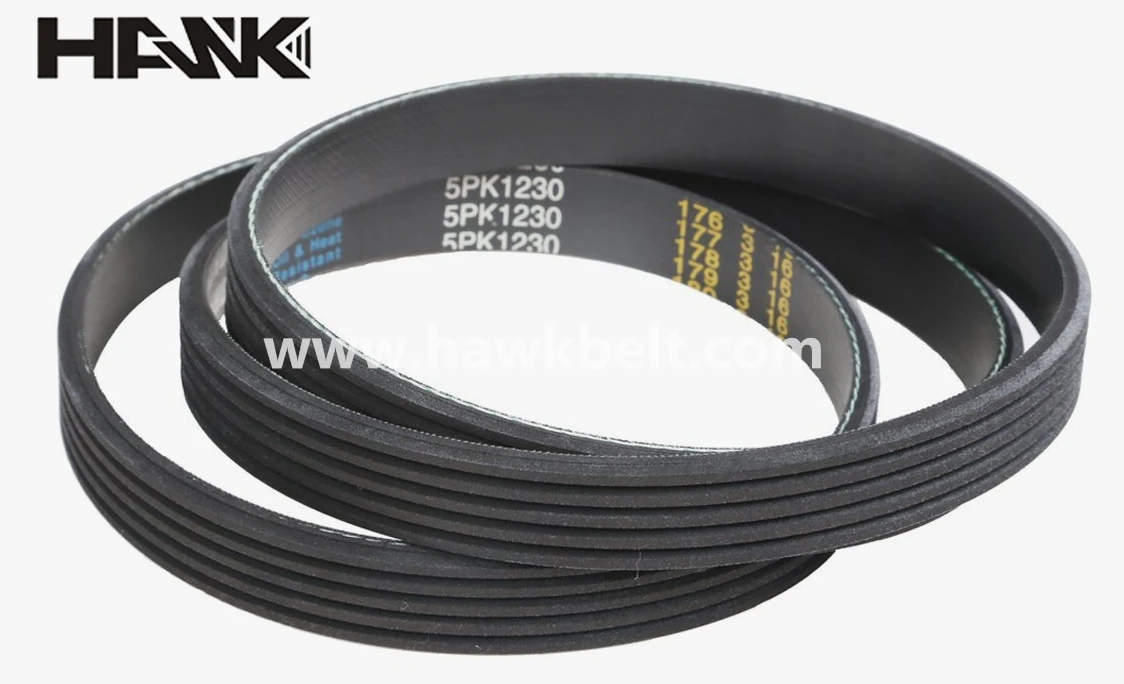- Arabic
- French
- Russian
- Spanish
- Portuguese
- Turkish
- Armenian
- English
- Albanian
- Amharic
- Azerbaijani
- Basque
- Belarusian
- Bengali
- Bosnian
- Bulgarian
- Catalan
- Cebuano
- Corsican
- Croatian
- Czech
- Danish
- Dutch
- Afrikaans
- Esperanto
- Estonian
- Finnish
- Frisian
- Galician
- Georgian
- German
- Greek
- Gujarati
- Haitian Creole
- hausa
- hawaiian
- Hebrew
- Hindi
- Miao
- Hungarian
- Icelandic
- igbo
- Indonesian
- irish
- Italian
- Japanese
- Javanese
- Kannada
- kazakh
- Khmer
- Rwandese
- Korean
- Kurdish
- Kyrgyz
- Lao
- Latin
- Latvian
- Lithuanian
- Luxembourgish
- Macedonian
- Malgashi
- Malay
- Malayalam
- Maltese
- Maori
- Marathi
- Mongolian
- Myanmar
- Nepali
- Norwegian
- Norwegian
- Occitan
- Pashto
- Persian
- Polish
- Punjabi
- Romanian
- Samoan
- Scottish Gaelic
- Serbian
- Sesotho
- Shona
- Sindhi
- Sinhala
- Slovak
- Slovenian
- Somali
- Sundanese
- Swahili
- Swedish
- Tagalog
- Tajik
- Tamil
- Tatar
- Telugu
- Thai
- Turkmen
- Ukrainian
- Urdu
- Uighur
- Uzbek
- Vietnamese
- Welsh
- Bantu
- Yiddish
- Yoruba
- Zulu
Dùbh . 31, 2024 14:08 Back to list
Understanding the Benefits and Uses of Polyurethane Belts in Various Applications
The Impact of Poly Belts on Modern Machinery and Industry
In the realm of modern manufacturing and engineering, the significance of poly belts cannot be overstated. These versatile components play a vital role in various machinery and equipment, facilitating efficient power transmission and contributing to improved overall performance. This article delves into what poly belts are, their advantages, applications, and the future trajectory of this crucial industrial component.
Understanding Poly Belts
Poly belts, often referred to as poly-V or multi-rib belts, are designed with multiple ribs running parallel to the belt length. Unlike traditional V-belts, which have a triangular cross-section, poly belts feature a flat surface with grooves. This design allows for greater contact area with the pulleys, resulting in improved grip and reduced slippage. The material used in manufacturing poly belts typically includes high-strength synthetic rubber composites, which contribute to their durability and flexibility.
Advantages of Poly Belts
1. Enhanced Power Transmission One of the primary advantages of poly belts is their ability to transmit more power than conventional belts due to their increased surface contact. This is particularly beneficial for heavy-duty applications where efficient power transfer is crucial.
2. Space Efficiency The compact design of poly belts allows for smaller drive systems, enabling manufacturers to save space and reduce overall machine footprint. This is especially important in industries where equipment layout is critical for workflow efficiency.
3. Reduced Maintenance Poly belts are known for their longevity and durability. They exhibit lower wear rates compared to traditional belts, reducing the need for frequent replacements. This results in lower maintenance costs and downtime, providing a significant advantage for industries that rely on continuous operation.
4. Noise Reduction The design of poly belts helps in reducing operational noise. Their smooth operation minimizes vibrations that can lead to noise pollution, contributing to a quieter working environment, which is essential for workplace safety and comfort.
Applications of Poly Belts
poly belt

Poly belts are utilized across a wide range of industries due to their versatility and efficiency. Some of the most notable applications include
- Automotive Industry In vehicles, poly belts are commonly used for drive systems, including engine cooling, air conditioning, and power steering mechanisms. Their ability to handle high loads and maintain performance under varying conditions makes them ideal for automotive applications.
- Manufacturing In manufacturing facilities, poly belts are employed in conveyor systems and machinery that require reliable and efficient power transmission. Their ability to handle high speeds and loads makes them suitable for various production lines.
- Agricultural Equipment Machinery used in agriculture often relies on poly belts for their ability to transfer power effectively while withstanding harsh operating conditions. This includes equipment such as tractors and harvesters.
- HVAC Systems In heating, ventilation, and air conditioning (HVAC) systems, poly belts are used to drive fans and compressors, ensuring optimal performance and energy efficiency.
The Future of Poly Belts
As technology continues to evolve, so too does the development of poly belts. Innovations in materials science and engineering are leading to the creation of even more advanced belts that can withstand extreme conditions and higher loads. Furthermore, the increasing emphasis on sustainability is driving manufacturers to explore eco-friendly materials for belt production, promoting both performance and environmental responsibility.
The rise of automation in manufacturing also presents new opportunities for poly belts. With the integration of robotics and smart technologies, the demand for reliable and efficient power transmission solutions will continue to grow, ensuring that poly belts remain an integral part of modern machinery.
Conclusion
In conclusion, poly belts are indispensable components in contemporary industrial applications. Their unique design and numerous advantages make them critical for enhancing operational efficiency, reducing maintenance costs, and improving performance across various sectors. As industries adapt to new challenges and technological advancements, poly belts will undoubtedly play a significant role in shaping the future of machinery and manufacturing. Their evolution is reflective of the ongoing commitment to innovation in engineering, ensuring that these belts remain at the forefront of industrial solutions for years to come.
-
Korean Auto Parts Timing Belt 24312-37500 For Hyundai/Kia
NewsMar.07,2025
-
7PK2300 90916-T2024 RIBBED BELT POLY V BELT PK BELT
NewsMar.07,2025
-
Chinese Auto Belt Factory 310-2M-22 For BMW/Mercedes-Benz
NewsMar.07,2025
-
Chinese Auto Belt Factory 310-2M-22 For BMW/Mercedes-Benz
NewsMar.07,2025
-
90916-02660 PK Belt 6PK1680 For Toyota
NewsMar.07,2025
-
drive belt serpentine belt
NewsMar.07,2025

